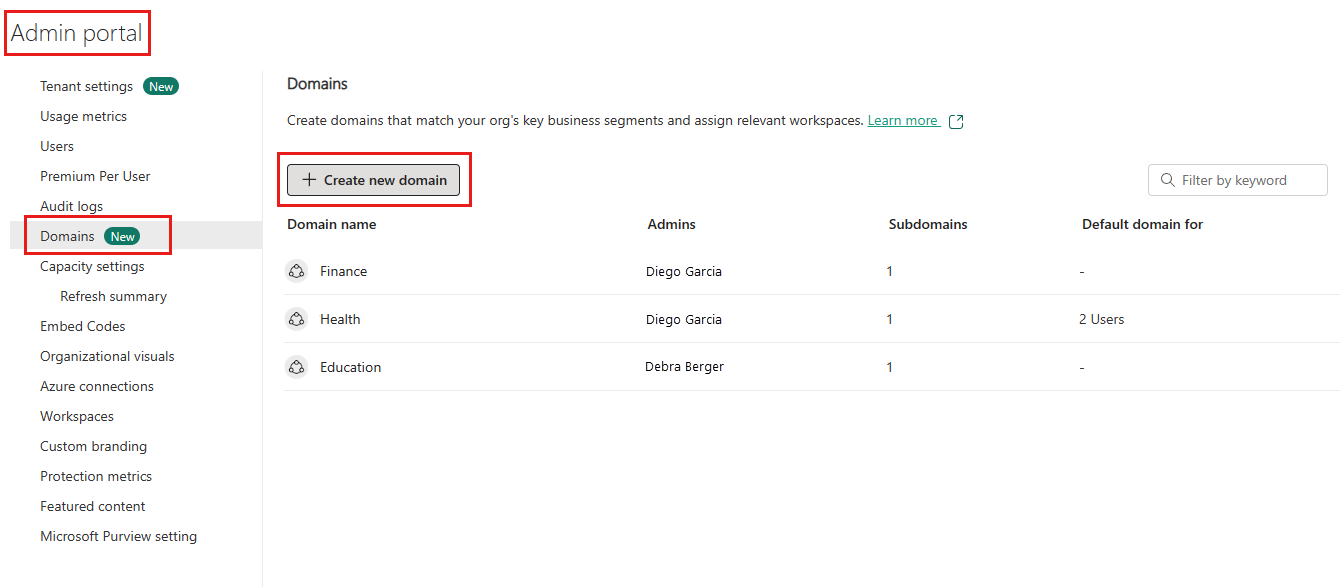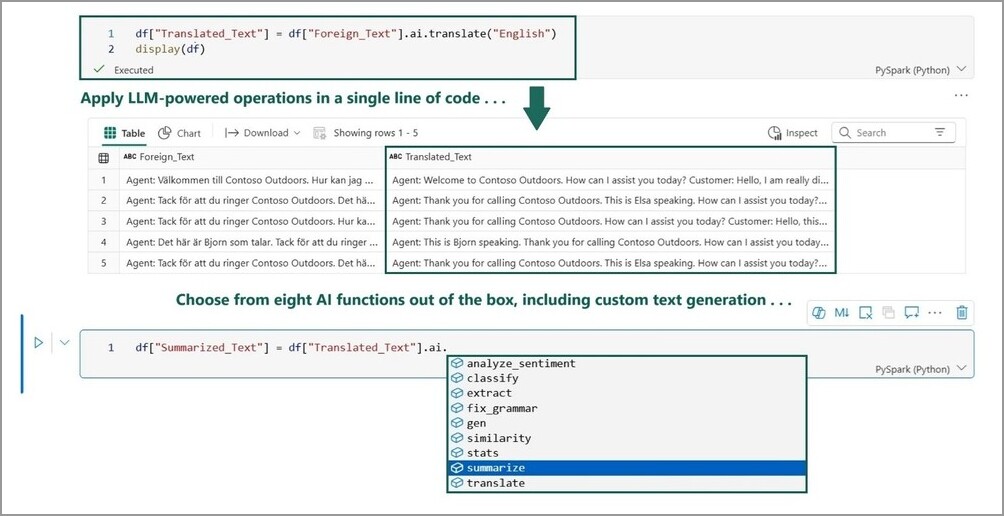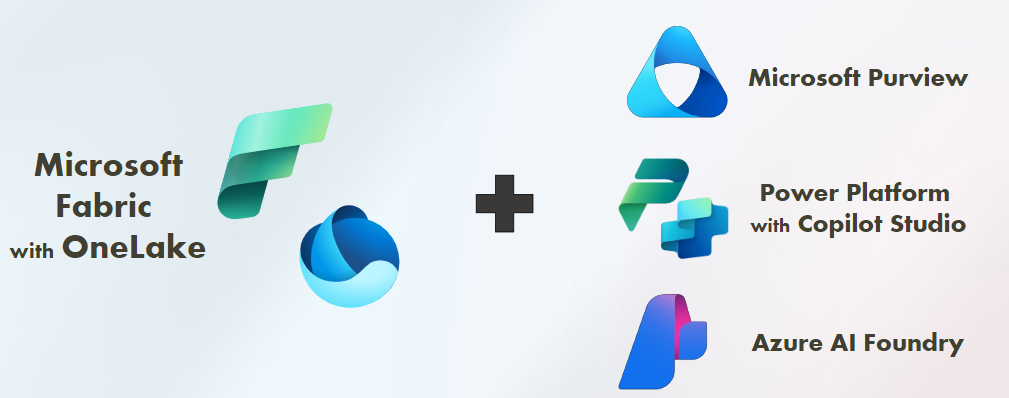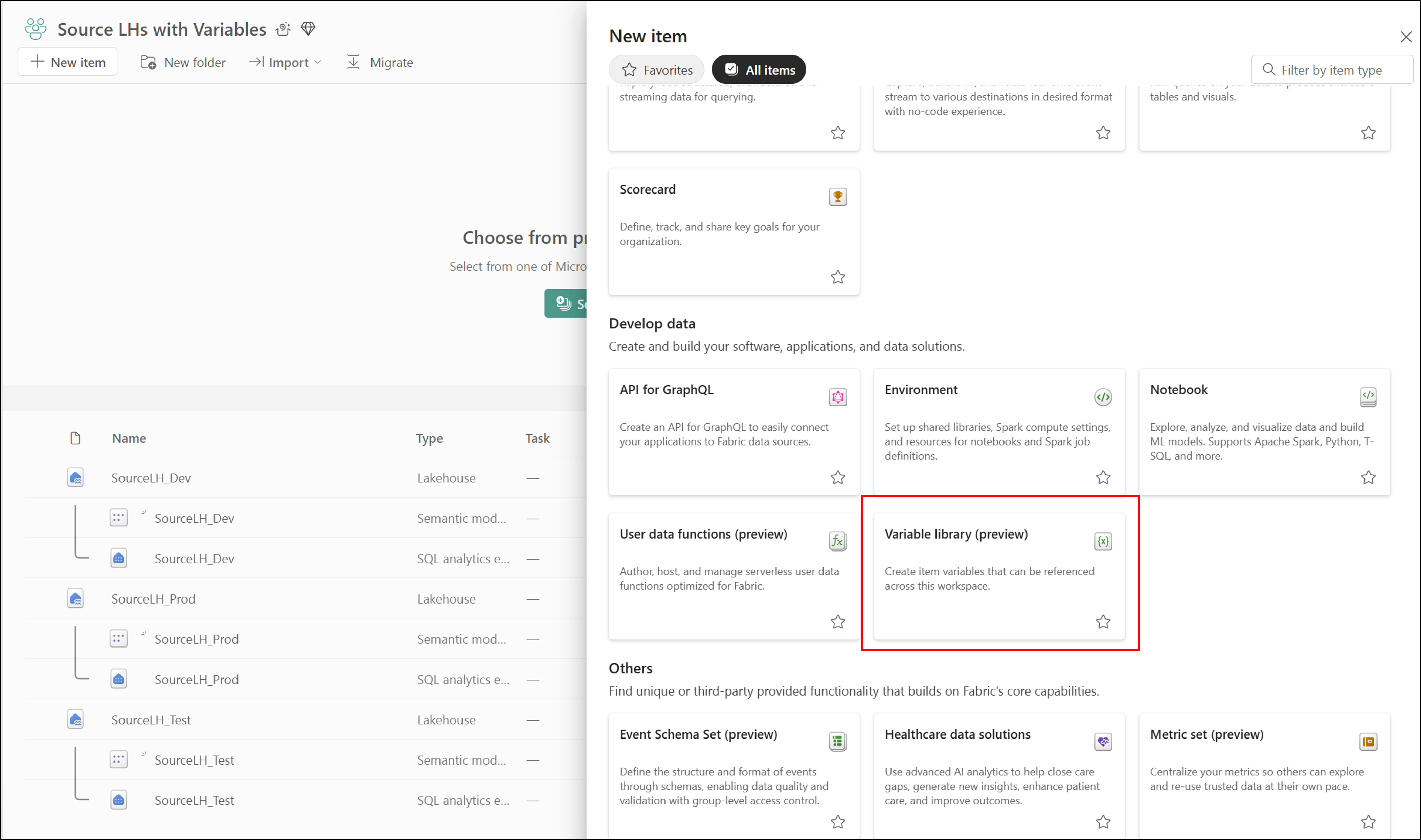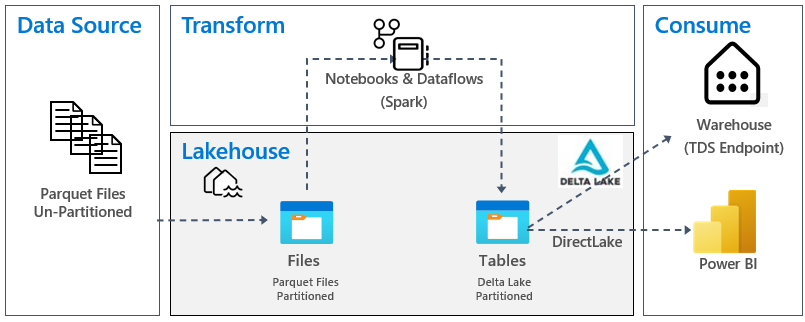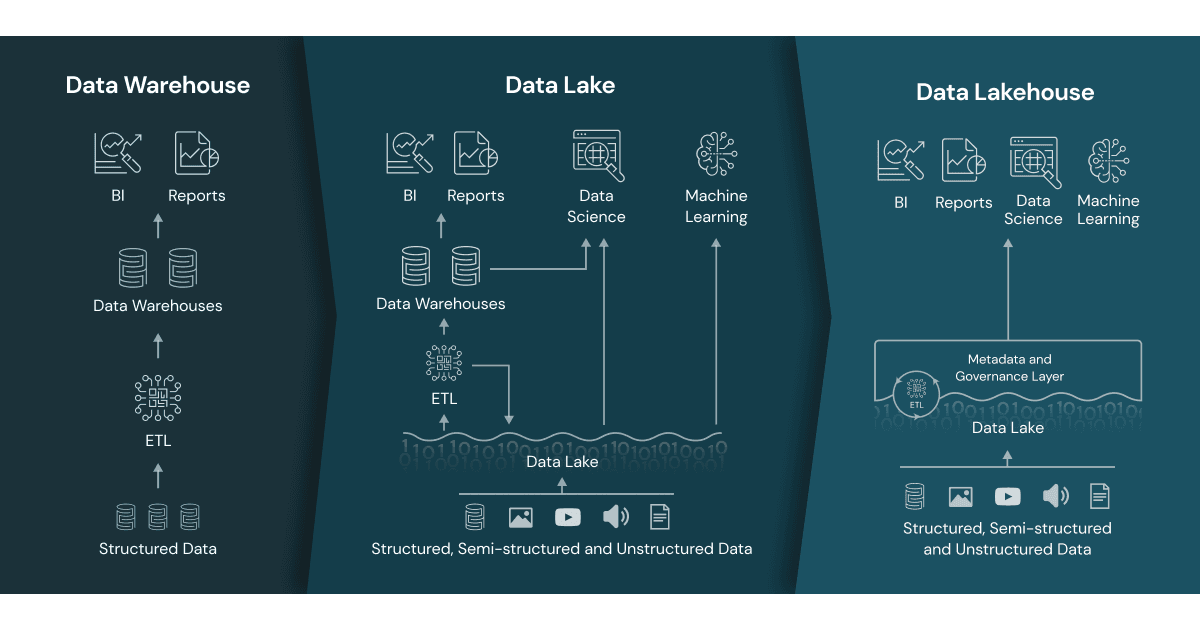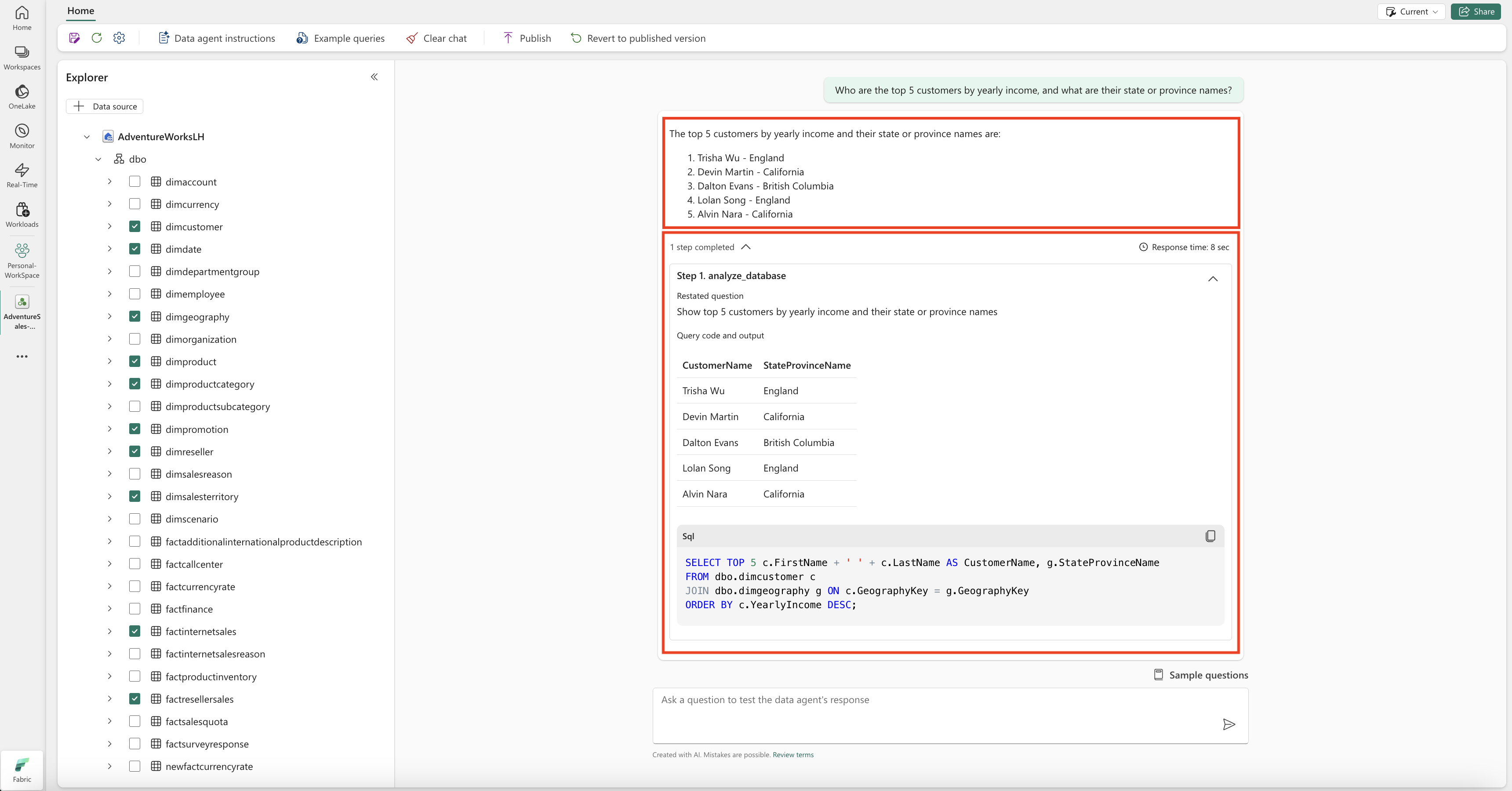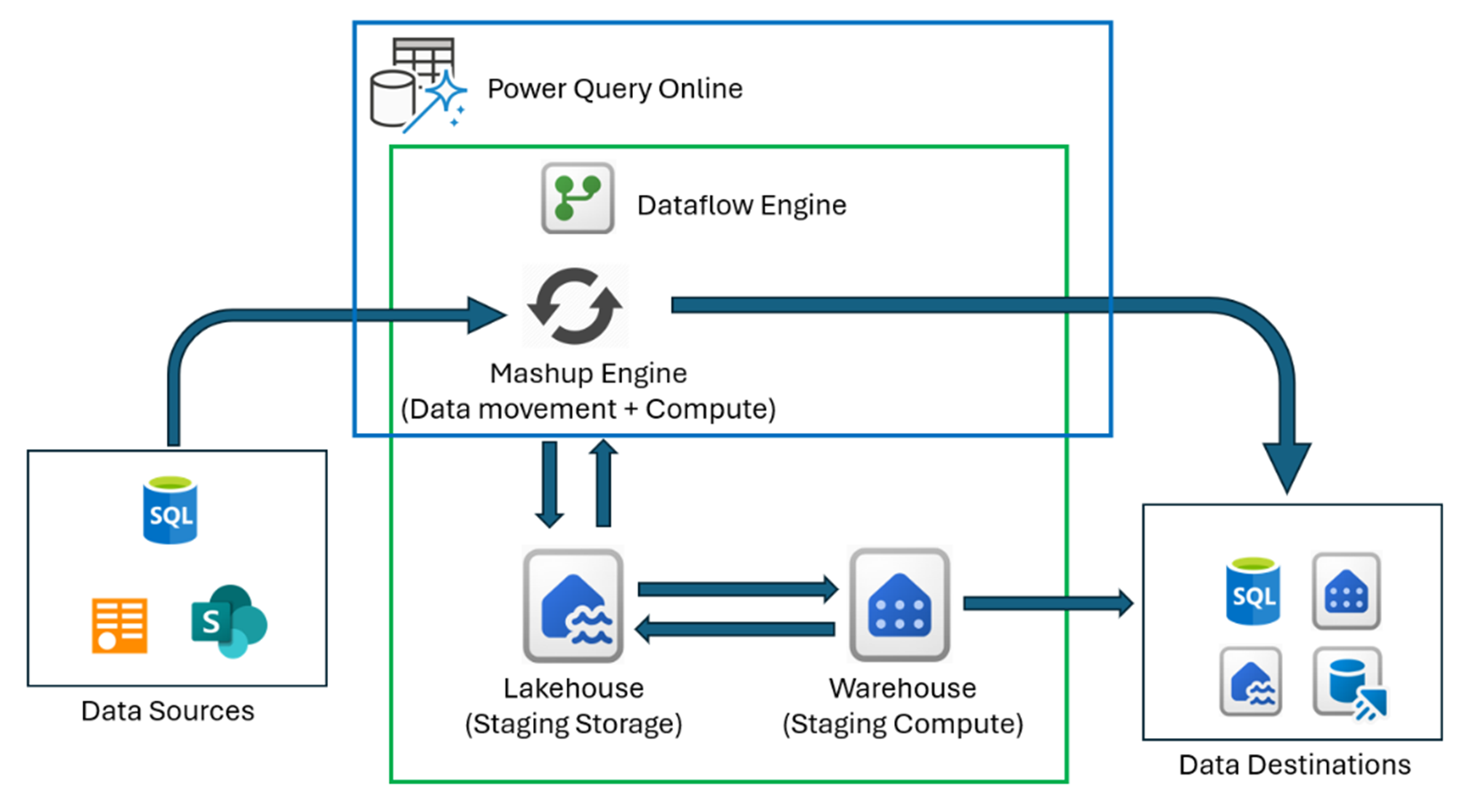Overview
Every organization today is swimming in data. The challenge isn’t collecting it, it’s making sure the right people can actually find, use, and trust it. That’s where Microsoft Fabric Domains come in. Think of them as a way to bring order to the chaos. Instead of one central IT team trying to juggle everything, Fabric Domains shift ownership to individual business areas like Sales, HR, or Marketing. Each domain gathers together the workspaces that belong to that team, while subdomains allow you to get even more specific. The real magic is that domains also support governance: settings can be delegated, admins and contributors assigned, and default domains set up so things stay consistent.
Why Microsoft Fabric Domains Help
Read More

